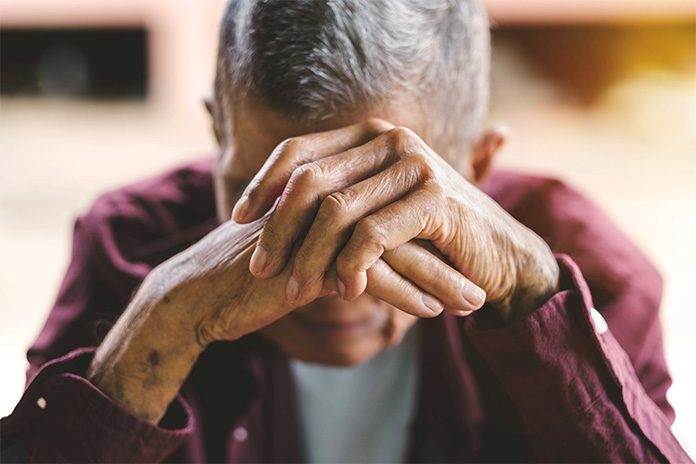Types of Elder Abuse and How to Recognize it

If you are looking out for your loved one, then you may be worried about elder abuse. Elder abuse effects thousands of older people every year. You as a concerned family member can not only look out for signs of elder abuse, but completely prevent it from happening.
Abusers of older adults may be family members, friends, hired professionals, or total strangers. Elder abuse is a term referring to any knowing, intentional, or negligent act by a caregiver or any other person that causes harm or a serious risk of harm to a vulnerable adult. All states have elder abuse prevention laws which may vary from one state to another. It is very important to understand that abuse takes many different forms, and physical neglect isn’t the only thing involved here.
Different forms of elder abuse include:
- Physical Abuse—inflicting physical pain or injury on a senior, e.g. slapping, bruising, or restraining by physical or chemical means.
- Sexual Abuse—non-consensual sexual contact of any kind.
- Neglect—the failure by those responsible to provide food, shelter, health care, or protection for a vulnerable elder.
- Financial Exploitation—the illegal taking, misuse, or concealment of funds, property, or assets of a senior for someone else’s benefit. Email and telephone scams have been widely popular lately. It is important to inform our elderly loved ones of the importance not to give out personal information to potential scammers.
- Emotional Abuse—inflicting mental pain, anguish, or distress on an elder person through verbal or nonverbal acts, e.g. humiliating, intimidating, or threatening.
- Abandonment—desertion of a vulnerable elder by anyone who has assumed the responsibility for care or custody of that person.
- Self-neglect—characterized as the failure of a person to perform essential, self-care tasks and that such failure threatens his/her own health or safety.
Archer Law Office Can Help
For More Information Contact this office (609) 842-9200
